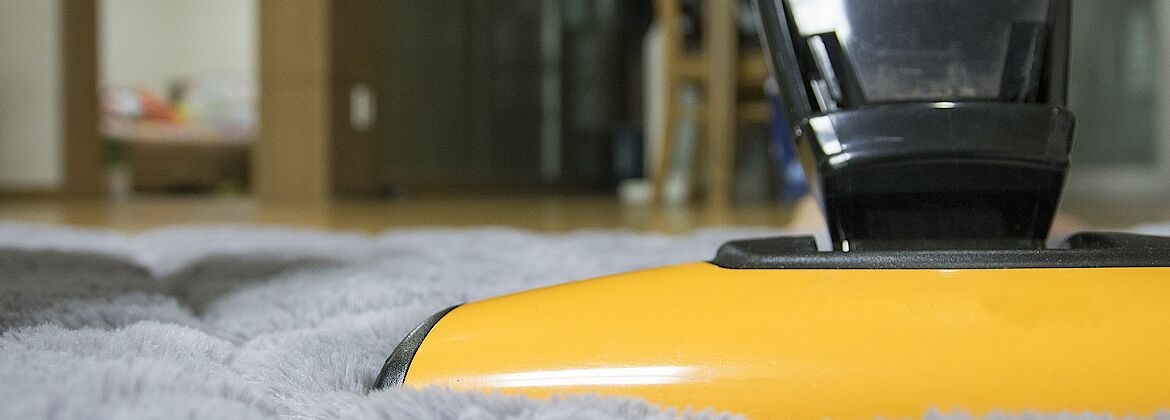Air Hygiene Tests (Test Center for Air Hygiene)
Our testing laboratory for air hygiene, accredited according to DIN EN 17025, focuses on tests and examinations of household appliances and other products whose use has a direct impact on the quality of indoor air. These effects primarily affect the contamination of indoor air with minute particles, i.e. with dust, germs (fungi, bacteria) and allergens, but also with gaseous substances such as ozone or volatile organic components (such as odorous substances).
These product and material tests determine reductions in contamination or separation rates (e.g. room air cleaners) or emission rates (e.g. vacuum cleaners).
If necessary, air volume flows, pressure losses or energy consumption are also recorded.
All tests and examinations are carried out in accordance with the respective objectives of our customers and the relevant technical testing standards or on the basis of these standards. Experienced and competent personnel as well as the available measuring equipment and devices (e.g. test bench for conducting tests in accordance with DIN EN 1822, test chambers, particle counters) and measuring equipment (e.g. test dusts, gases, pollen, allergens) guarantee reliable and meaningful results.
The testing laboratory for air hygiene has many years of experience in determining the air hygiene properties and other characteristic performance features of the following products:
- Vacuum cleaners, vacuum cleaner bags and exhaust filters
Here, the focus of the investigations is on the dust separation and emission of the devices and their filtering components as well as the absorption capacity of the dust bags; the retention of germs and allergens is also of great importance.
Vacuum cleaner bags that meet our requirements for fine dust separation, dust storage capacity and special strength characteristics during testing can be awarded the DMT test mark "Voluntary product testing - vacuum cleaner bag testing programme in accordance with DMT standard" to document their high quality standard.
In the case of robot vacuum cleaners, special attention is paid to surface cleaning performance (navigation, dust collection).
Since it can be of interest for corresponding system comparisons, it is also possible to determine the user loads that occur due to fine dust emissions during the disposal of vacuum cleaner bags or during the disposal of dust from a cyclone vacuum cleaner. - Air purifiers, room air humidifiers and their filter systems
Determination of dust, germ, mite allergen, pollen and odour separation as well as ozone emission in devices operated with UV lamps, ionizers or cold plasma.
In the case of devices with air humidification, an essential test aspect is the determination of the germ risk of the device during operation with determination of the germ emission. - HEPA
Here, our test laboratory for air hygiene offers tests for filter media (MPPS determinations) accompanying standard tests according to DIN EN 1822 for determination of the filter class (EPA, HEPA, ULPA) on prefabricated filters. - Mattress and bed covers
In order to determine the suitability for house dust allergic persons, these products are tested for their air permeability and separation effect against 0.3 μm particles; In addition, measurements of these parameters are accompanied by measurements of the corresponding samples.
If this is desired by the customer, the performance features for marketing purposes that are proven in the device or product tests and inspections are documented in corresponding certificates and also TÜV certification marks.
Contact
Silke Selck
Am Technologiepark 1
45307 Essen
Tel +49 201 172-1450
Fax +49 201 172-1606

